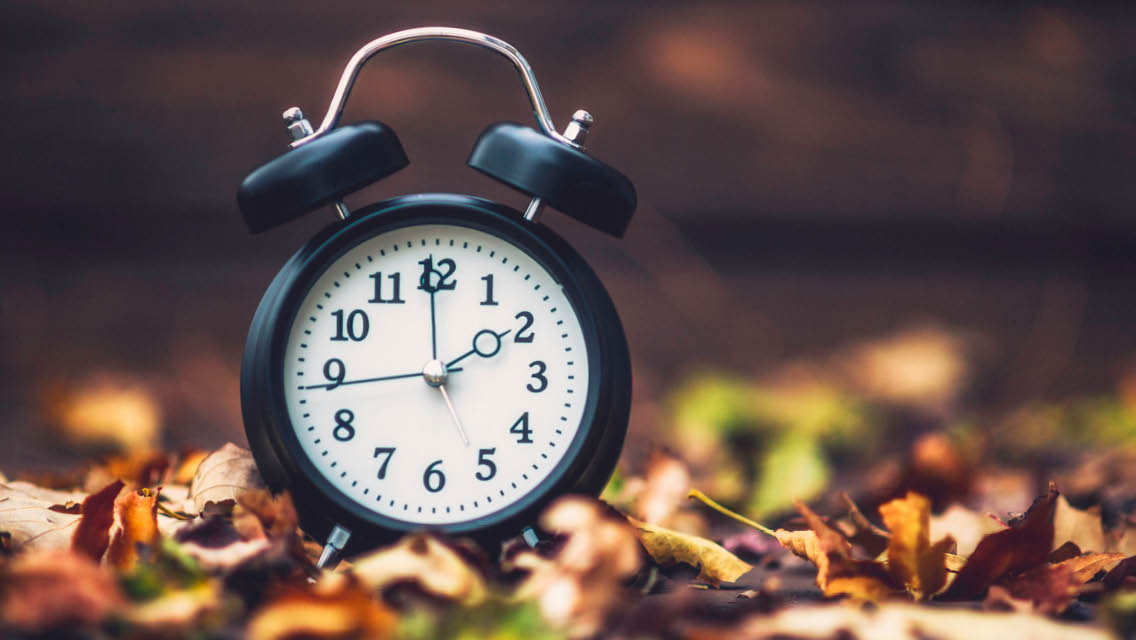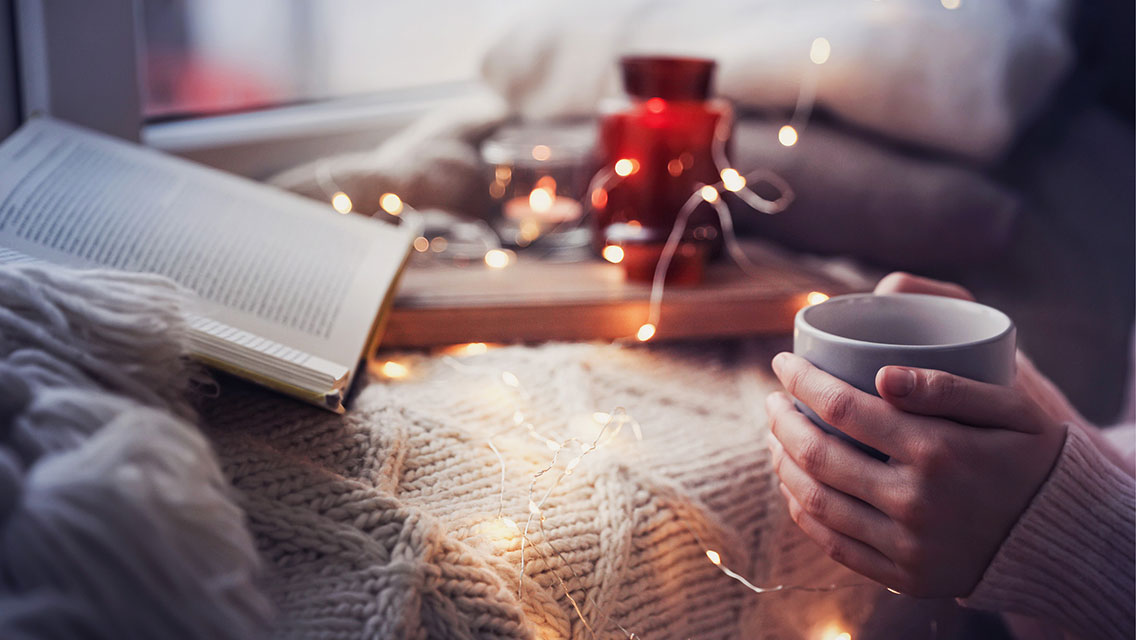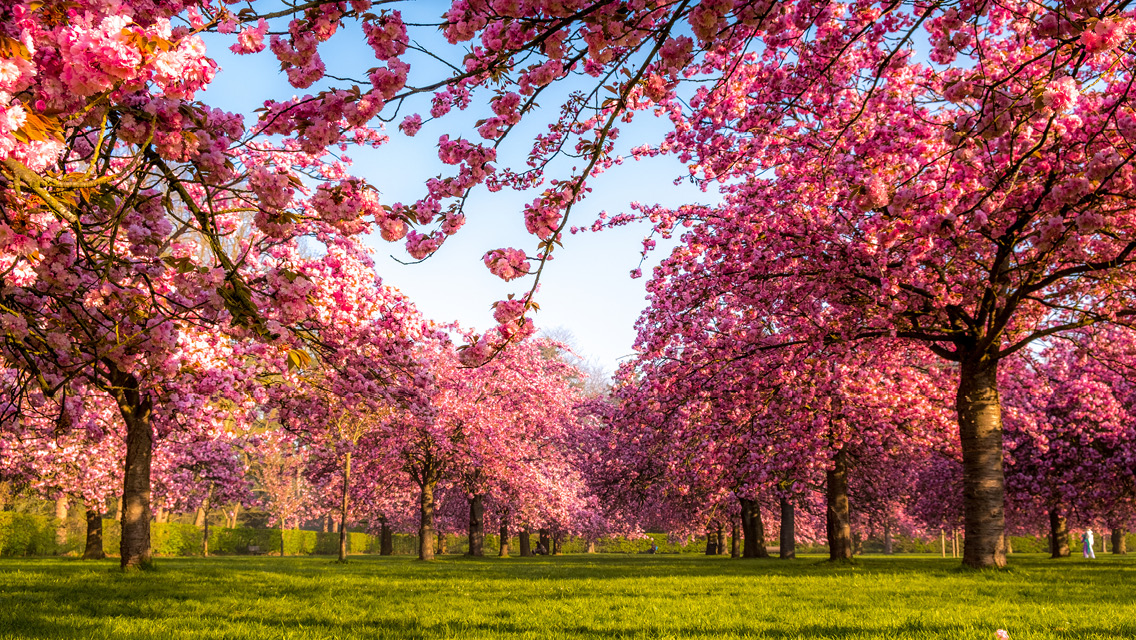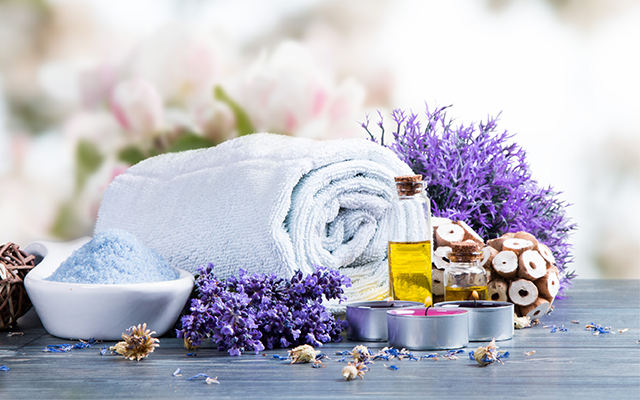For many who live north of the equator, the dwindling daylight hours of autumn can trigger a slight sense of dread. As the days get shorter and darker, some of us start to anticipate a drop in mood and energy levels, commonly known as seasonal affective disorder, or SAD.
Our bodies have an internal clock, known as our circadian rhythm, that responds to the rise and fall of the sun. When this rhythm shifts in response to decreased sunlight, it can throw our sleep schedule off kilter — and cause us to feel tired and blue in the winter months.
Because sleep quality is key to energy and mental focus, regulating our sleep schedule is a crucial component of SAD prevention and treatment. This can get tricky in late fall when Daylight Saving Time (DST) ends and the body’s rhythm is disrupted — but a few simple shifts in sleep hygiene can help you manage this transition more smoothly.
Work With Your Biorhythms
Our daily biorhythms — physiological activities that follow a cyclical pattern — determine, to a remarkable degree, our sense of well-being, our energy levels, and even the release of our hormones.
Sleep is the most obvious of our biorhythms; it follows the 24-hour circadian rhythm. Another circadian cycle involves the stress hormones. Healthy cortisol levels, for example, peak in the morning, when we’re typically most alert and productive, and drop in the evening, allowing us to sleep.
Our day-and-night rhythms are so important that the body features a gland devoted entirely to managing them. Located near the center of the brain, the pineal gland helps set our sleep timing by releasing the hormone melatonin in response to darkness, generally at night.
When something disrupts this timing, your body often rebels. This may occur during the annual clock change, during travel across time zones, while you’re working night shifts, or even when you sleep too late.
Exposure to bright light, especially the blue light from digital devices, during the evening hours may also trick the body into thinking it’s still daytime, delaying the release of melatonin. Try keeping lights low in the evening and using warm, dim lights in the bedroom.
Eating too much in the late evening can disrupt circadian cycles as well. And if you’re going to drink alcohol, enjoy it with an early dinner so your body has time to metabolize them both before bed.
Ease Into DST
Readjusting your sleep window by an entire hour all at once can be asking too much of your body. (Forget traveling across time zones and asking it to adjust to an eight-hour time difference.)
You can, however, ease the transition by going to bed 15 minutes later on each of the three days leading up to the end of DST. This is how that would look if your normal bedtime were 10 p.m. and your usual wake time were 6 a.m.
- Thursday bedtime — 10:15 p.m.
- Friday wake-up — 6:15 a.m.
- Friday bedtime — 10:30 p.m.
- Saturday wake-up — 6:30 a.m.
- Saturday bedtime — 10:45 p.m.
[DST begins]
- Sunday wake-up — 6:00 a.m.
- Sunday bedtime — 10:00 p.m.
When it comes to preventing seasonal blues, it’s not just how long you sleep that matters; it’s also the timing. The key to mood stability is to get up at about the same time every day. If you have trouble falling asleep at your usual bedtime, use bright light first thing in the morning and possibly again in the late afternoon. Dim the lights in the late evening — this will help keep your melatonin on an even keel.
Give your body a chance to fall into a consistent rhythm, and you’ll soon start to shed that feeling of dread about the coming winter. You can look forward to it as a time to get cozy, drink some tea, and enjoy the darkness instead.
This article originally appeared as “Reset Your Internal Clock ” in the October 2022 issue of Experience Life.





This Post Has 0 Comments